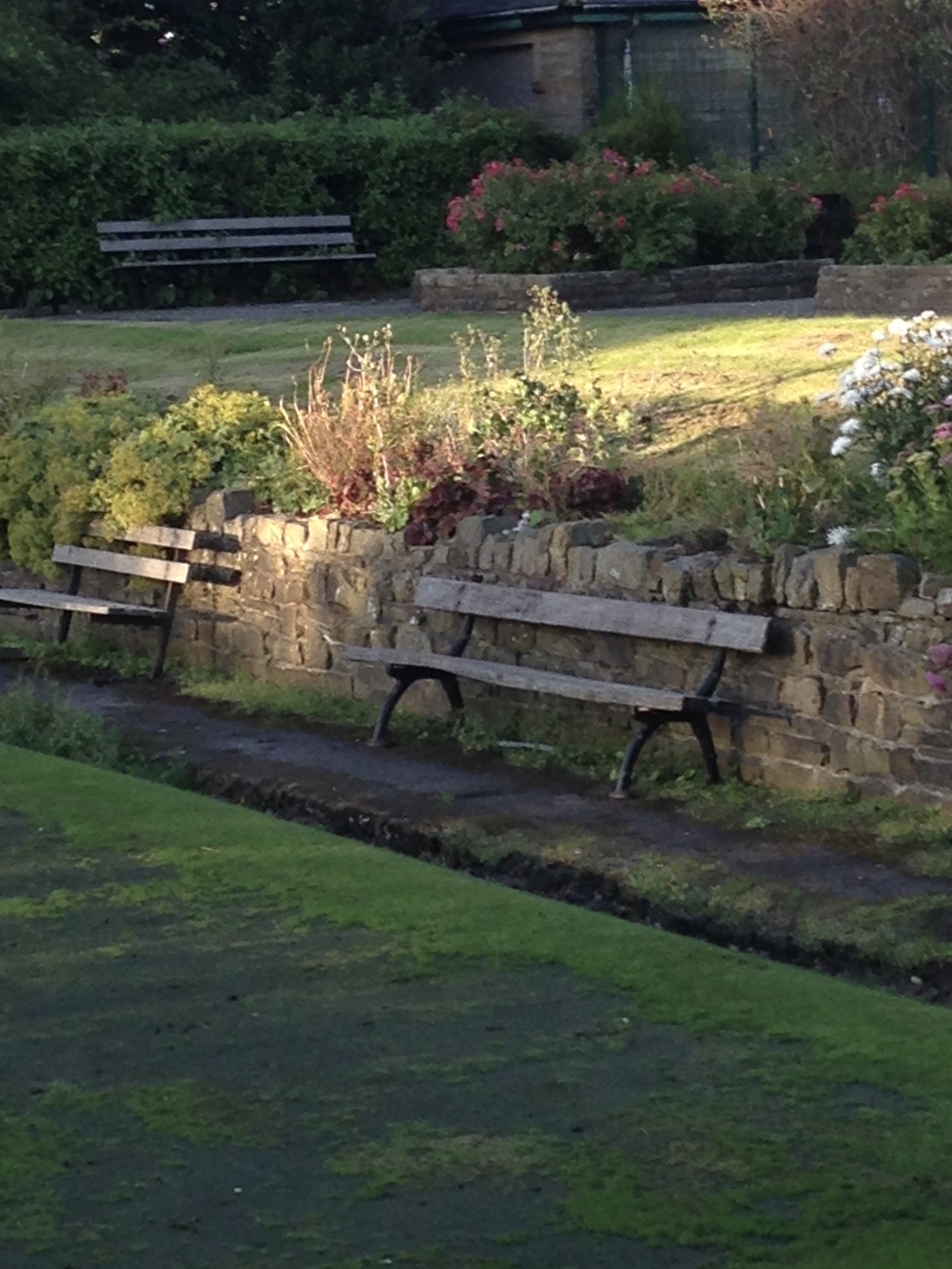What is the value in local outdoor space for mental health?

Sarah Rodgers, Professor of Health Informatics and ARC NWC CHI Theme Lead writes about how the lockdown during the COVID-19 pandemic has cast the spotlight on green and blue outdoor spaces in urban areas and their impact on our mental health.
Summer has arrived, but our use of outdoor spaces has been put under the COVID-19 microscope by both national governments and local authorities to tackle the spread of the pandemic.
Measures to slow COVID-19 initially included limiting us to essential travel only and directing us to keep physically active, but to observe social distancing rules.
Our attempts to slow the pandemic meant our world shrank to a few miles around our home. It was unsurprising that the number of people attempting to access local green spaces, such as city woods and parks, or blue spaces – canals and lakes – increased in some urban and suburban residential areas.
Apart from our homes, and back gardens if we are lucky enough to have them, the great outdoors is the only space for entertainment and exercise.
However, crowds gathering in some open spaces, have rendered government instructions for physical distancing difficult to maintain.
Longitudinal research into mental health and wellbeing
Accessing green and blue spaces and being closer to nature may help improve our mental health and wellbeing. This is now more important than ever as we are presented with challenges as part of the pandemic and indoor recreation facilities are closed.
That is the question at the heart of a research project that I am leading, funded by the NIHR Public Health Research (PHR) Programme, that began in 2018.https://www.journalslibrary.nihr.ac.uk/programmes/phr/160707/#/ The study will investigate how changes in the availability of outdoor green-blue spaces have influenced health over time. We will consider how proximity and accessibility to these spaces relate to health benefits in different population groups.
Evidence from previous studies shows that spending two hours each week in nature is associated with good health and wellbeing. We are unsure of the exact reasons for this but think that reducing harms such as air and noise pollution, alleviating stress, and supporting physical activity are some of the main reasons .
Whereas previous studies are either cross sectional or have short follow up times, and often use small area environment metrics, our study will use a decade of person level health data and local green and blue space data tailored to each person’s home. We are extracting quarterly mental health data from GP records that have been collected routinely over the last decade, accessible through the SAIL Databank. Together with a nested sample of people who have been surveyed about their leisure visits to natural outdoor spaces, we will test if precision-linked population health and environment data throws light on new relationships in a longitudinal study.
How COVID-19 has given our research new relevance
For some the pandemic might be the start of a new positive relationship with the outdoors that has life-long benefits. Striking the balance between social distancing and enjoying open spaces has its challenges. But there are local discoveries to be made on our own doorstep. Instead of a hasty walk to catch a train to work, almost daily I have been putting on my wellies and walking on the local beach.
Amplified Inequalities
Staying closer to home, the effects of our immediate environment are amplified. I am fortunate to live in a pleasant seaside suburb in the northwest of England. Yet many are not so fortunate. In some parts of our cities, local residential environments often do not feature outdoor spaces, at least not those that are appealing to visit. Spaces may have lacked investment to maintain the trees, fountains, plant boxes, paths, ponds, and essential facilities.
Good planning for life
What we have learnt from the sharpened lens of this pandemic is that we urgently need adequate value to be placed on green and blue spaces in our cities.
Reinstating these spaces once they are gone is difficult, if not impossible. Local authority funding cuts means the quality of open spaces has declined, with a corresponding reduced potential for these spaces to help improve our wellbeing. Now is the right time to call for a rehabilitated urban economic system incorporating evidence-informed planning that places sufficient value on our natural open spaces.
By involving our citizens, we can together develop accessible green infrastructure to knit together improved open spaces that work for our communities. We can move towards making sure our places have multiple benefits to improve social cohesion, education, transport and safety, for example. Shifting to a new paradigm is challenging, as is working with communities who distrust authority to make investments to reduce inequalities. However, adopting economic measures that incorporate wellbeing for all, such as the thriving place index will improve our wellbeing for this and future generations.
Dr Sarah Rodgers
Sarah Rodgers is a Professor of Health Informatics in the Department of Public Health, Policy and Systems at the University of Liverpool and theme lead for Care and Health Informatics theme of the Applied Research Collaboration Northwest Coast. The above project is funded by the NIHR Public Health Research programme. As part of an international team we are examining the availability of green and blue spaces and the impact this might have on people’s mental health and wellbeing. Contact via arcnwc@liverpool.ac.uk.